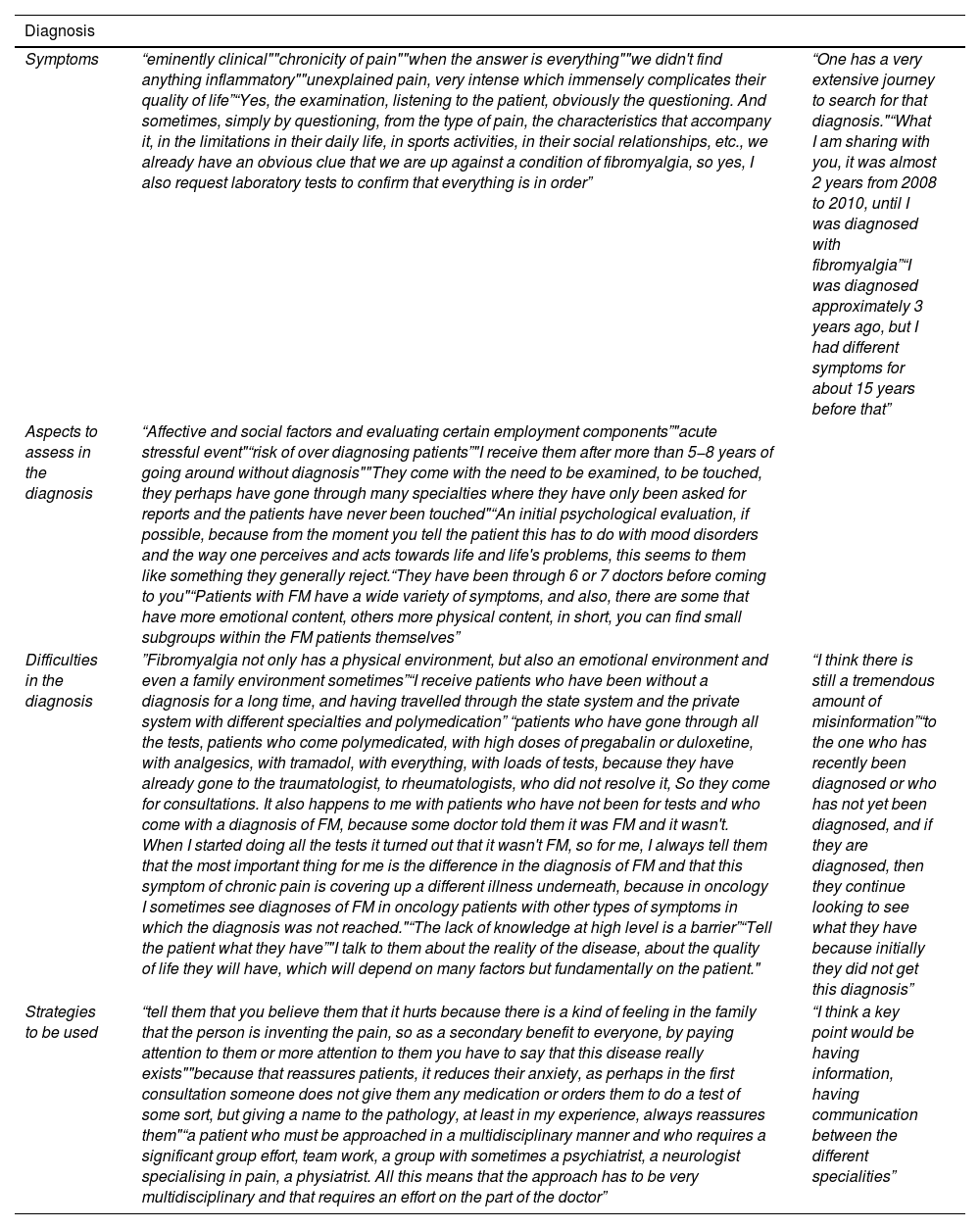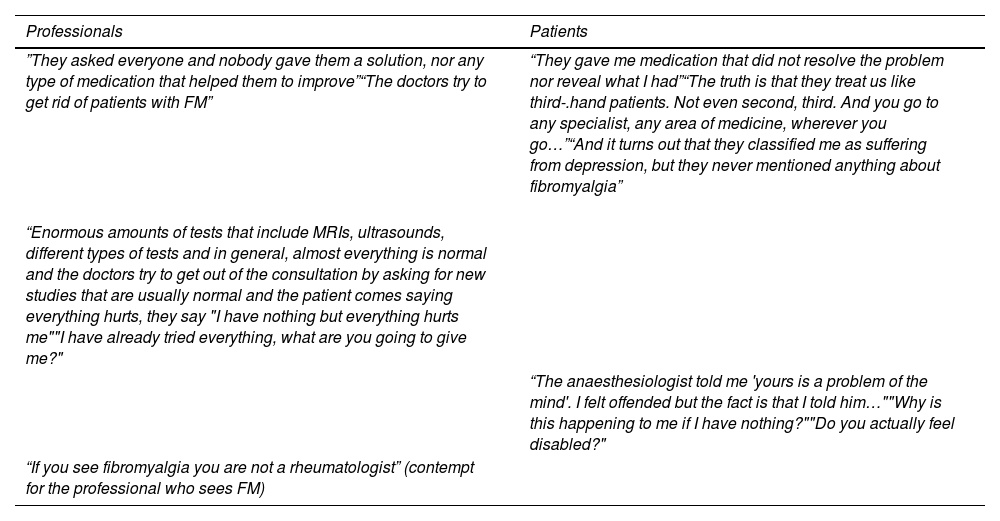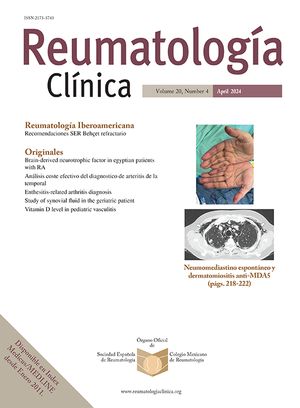To explore the patient journey of people with fibromyalgia (FM) in Latin American countries in order to identify problems in health care and other areas that may be resolvable.
MethodsQualitative study with phenomenological and content analysis approach through focus groups and patient journey (Ux; User Experience) methodology. Nine virtual focus groups were conducted with FM patients and healthcare professionals in Argentina, Mexico and Colombia recruited from key informants and social networks.
ResultsForty-three people participated (33 were clinicians and 10 were patients). The agents interacting with the patient in their disease journey are found in three spheres: healthcare (multiple medical specialists and other professionals), support and work life (including patient associations) and socioeconomic context. The line of the journey presents two large sections, two loops and a thin dashed line. The two major sections represent the time from first symptoms to medical visit (characterized by self-medication and denial) and the time from diagnosis to follow-up (characterized by high expectations and multiple contacts to make life changes that are not realized). The two loop phases include (1) succession of misdiagnoses and mistreatments and referrals to specialists and (2) new symptoms every so often, visits to specialists, diagnostic doubts, and impatience. Very few patients manage to reach the final phase of autonomy.
ConclusionThe journey of a person with FM in Latin America is full of obstacles and loops. The desired goal is for all the agents involved to understand that self- management by the patient with FM is an essential part of success, and this can only be achieved with early access to resources and guidance from professionals.
Explorar la experiencia de las personas con fibromialgia (FM) en países latinoamericanos con objeto de identificar problemas en la atención sanitaria y otros ámbitos potencialmente solucionables
MétodosEstudio cualitativo con enfoque fenomenológico y de análisis de contenido a través de grupos focales y metodología de viaje del paciente (Ux del inglés User Experience). Se llevaron a cabo 9 grupos focales virtuales con pacientes con FM y profesionales sanitarios en Argentina, México y Colombia reclutados a partir de informantes clave y redes sociales
ResultadosParticiparon 43 personas (33 clínicos y 10 pacientes). Los agentes que interaccionan con el paciente en la enfermedad se encuentran en tres esferas: la de la atención sanitaria, la del apoyo y vida laboral y la del contexto socioeconómico. La línea del viaje presenta dos grandes tramos, dos bucles y una línea discontinua delgada. Los dos grandes tramos representan los tiempos que van desde los primeros síntomas hasta la visita médica y desde el diagnóstico hasta el seguimiento. Los bucles incluyen 1º) sucesión de diagnósticos, tratamientos erróneos y derivaciones a especialistas y 2º) nuevos síntomas cada cierto tiempo, visitas a especialistas y dudas diagnósticas. Pocos pacientes logran la fase final de autonomía
ConclusiónEl viaje de una persona con FM en Latinoamérica está lleno de obstáculos. La meta deseada es que todos los agentes entiendan que el automanejo por parte del paciente con FM es una parte indispensable del éxito, y sólo se puede lograr accediendo a recursos de forma precoz y guiado por profesionales












